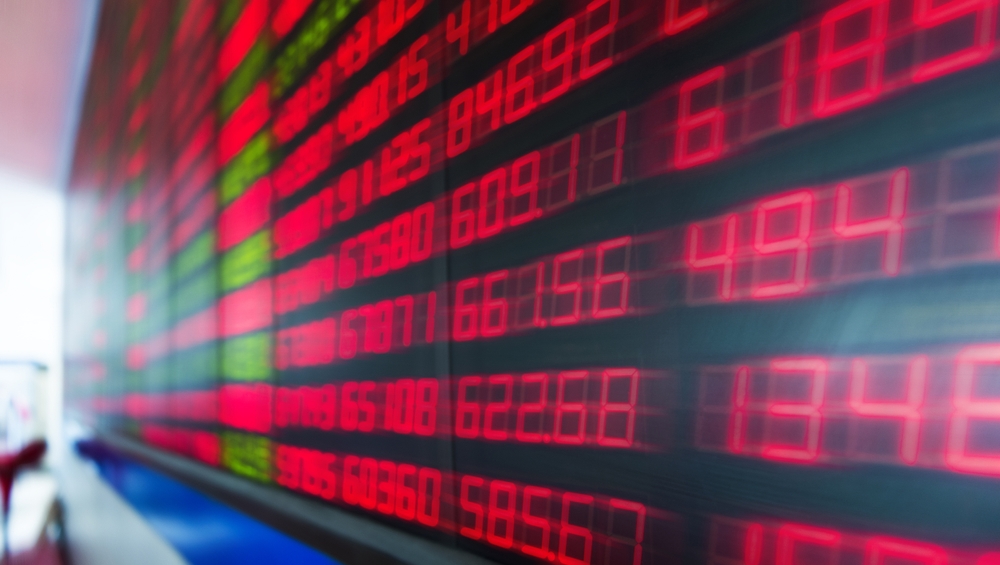China’s economy got a significant boost on Tuesday after Beijing introduced its largest stimulus package since the pandemic. This broader-than-expected set of measures, which includes more funding and interest rate cuts, aims to pull the world’s second-largest economy out of its deflationary slump, which has caused turbulence in global currency and equity markets this year.
While European stocks, emerging-market currencies, and commodities surged on the news, analysts remain skeptical about the longer-term effectiveness of the stimulus. A key concern is the extremely weak credit demand from both domestic businesses and consumers, which could limit the package’s impact.
Here’s a look at five sectors where China’s economic downturn has been particularly felt, and how the latest measures might influence them.
Mining Sector Takes Off
Mining stocks in Europe and Australia were the biggest winners after the announcement. The European mining index soared 4.6%, marking its biggest daily gain in two years, while Australian mining stocks posted their largest daily rise in a year.
Gerry Fowler, head of European equity strategy at UBS, noted that the measures may primarily benefit China’s property market, leading to increased demand for raw materials. However, he warned that the broader industrial sector might not see as much benefit. “History suggests fiscal measures tend to be more effective than monetary ones in driving long-term growth,” Fowler said.
Luxury Goods Bounce Back
European luxury retailers, which had been hit hard by China’s economic woes, saw a notable recovery. A benchmark index of European luxury stocks jumped 3%, its biggest one-day gain since January. Shares in brands heavily reliant on Chinese consumers, such as Swatch Group, Burberry, and Richemont, rose by 2% to 5%.
Despite this bounce, the luxury goods sector remains vulnerable. The benchmark index is still down 4.2% year-to-date compared to a 7.7% rise in the broader STOXX 600. Analysts caution that the long-term recovery in Chinese consumer spending remains uncertain.
German Exports in Focus
China is Germany’s second-largest trading partner, and the country’s economic slowdown has significantly impacted Germany’s industrial sector. However, analysts believe that stabilizing China’s real estate market could provide a lift to Germany’s chemical industry, which supplies crucial materials to China’s construction sector.
Automakers like Volkswagen and BMW, however, are less likely to benefit from the new measures due to increasing competition from Chinese electric vehicle manufacturers.
Commodity Exporters Await a Boost
China’s demand for raw materials has long been a driving force for emerging market economies. However, some analysts believe this stimulus may fall short in providing the kind of “bazooka” boost that could drastically increase commodity demand.
Nonetheless, emerging economies close to China, such as those in Southeast Asia, could see some benefit. As Charu Chanana of Saxo Markets in Singapore pointed out, “There is potential for tailwinds in these economies, especially in their domestic government bonds.”
A Currency Perspective
China’s yuan defied expectations and hit a 16-month high following the stimulus announcement. Typically, lower interest rates would weaken a currency, but in this case, the promise of economic recovery attracted investors.
Cyclically-sensitive currencies like the euro, Australian dollar, and Malaysian ringgit also gained against the U.S. dollar. However, some analysts suggest that the euro-Australian dollar pair could be a better measure of the stimulus’s success, given Australia’s reliance on Chinese demand for commodities.
As investors continue to react to China’s latest moves, questions remain over how sustainable this recovery will be and whether it can truly ignite long-term growth in the world’s second-largest economy.


